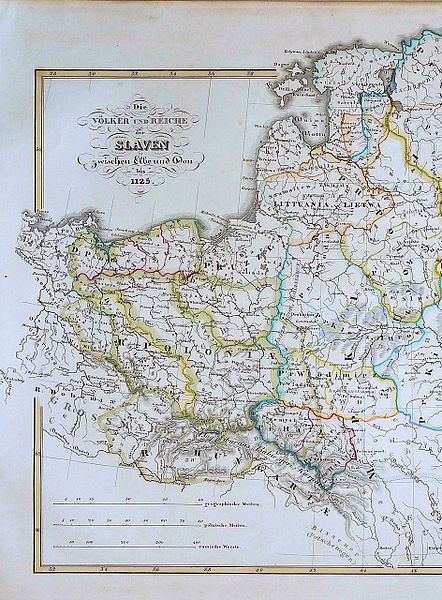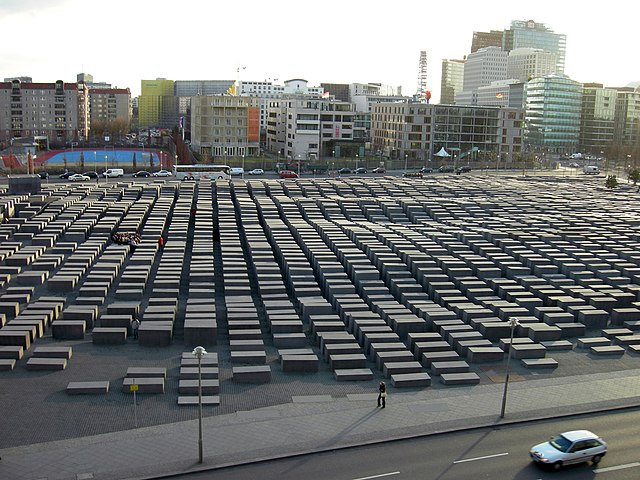Ostsiedlung is the term for the Early Medieval and High Medieval migration of ethnic Germans and Germanization of the areas populated by Slavic, Baltic and Finnic peoples, the most settled area was known as Germania Slavica. Germanization efforts included eastern parts of Francia, East Francia, and the Holy Roman Empire and beyond; and the consequences for settlement development and social structures in the areas of settlement. Other regions were also settled, though not as heavily. The Ostsiedlung encompassed multiple modern and historical regions such as Germany east of the Saale and Elbe rivers, the states of Lower Austria and Styria in Austria, Livonia, Poland, the Czech Republic, Slovakia, Slovenia, Hungary, and Transylvania in Romania.
The division of the Carolingian Empire, Treaty of Verdun, 843
West-Slavic peoples in Europe until 1125 (yellow borders). Prussia (identified as Pruzzia) has not been a Slavic, but Baltic land.
Timber Frame House
German eastward expansion 895–1400
Germans are the natives or inhabitants of Germany, or sometimes more broadly any people who are of German descent or native speakers of the German language. The constitution of Germany, implemented in 1949 following the end of World War II, defines a German as a German citizen. During the 19th and much of the 20th century, discussions on German identity were dominated by concepts of a common language, culture, descent, and history. Today, the German language is widely seen as the primary, though not exclusive, criterion of German identity. Estimates on the total number of Germans in the world range from 100 to 150 million, most of whom live in Germany.
The Holy Roman Empire in 972 (red line) and 1035 (red dots) with the Kingdom of Germany, including Lotharingia, marked in blue
Victims of the Holocaust in a mass grave at Bergen-Belsen concentration camp
Germans expelled from Poland in 1948
A Memorial to the Murdered Jews of Europe in Berlin; remembering the Holocaust is an essential part of modern German culture.








